In the rich tapestry of the avian world, small birds with long beaks stand out as remarkable examples of adaptation to their unique environments. These birds have evolved over millennia to develop specialized tools in the form of elongated beaks, which allow them to thrive in various ecosystems. From probing for hidden delicacies to defending their territories, these tiny creatures have harnessed the power of their long beaks to ensure their survival. In this extensive article, we will delve deeper into the world of small birds with long beaks, exploring their behaviors, habitats, and the indispensable roles they play in their respective ecosystems.
The Hummingbird:
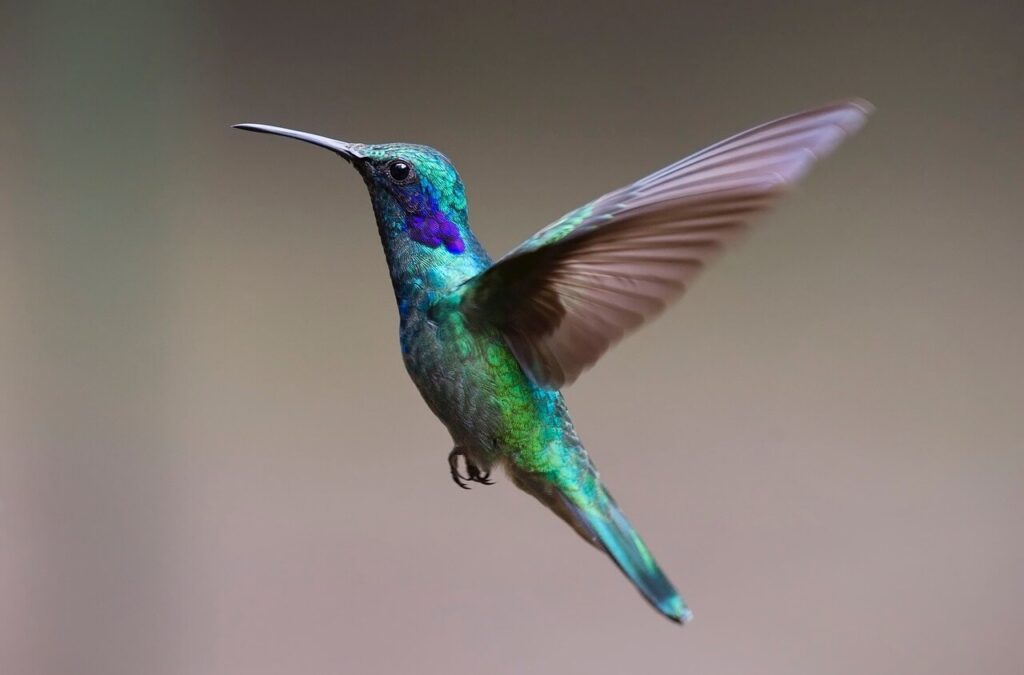
Nature’s Aerial Acrobat Hummingbirds, those delicate jewels of the Americas, are known for their striking iridescent plumage and their long, slender beaks. These beaks have evolved to serve a specific purpose: accessing nectar concealed within flowers. Hummingbirds are expert hoverers, thanks to their rapid wing beats, and their long beaks act as specialized straws for sipping nectar. These birds have co-evolved with their preferred nectar-rich blossoms, ensuring their survival while also pollinating the flowers they feed on.
The Curlew:
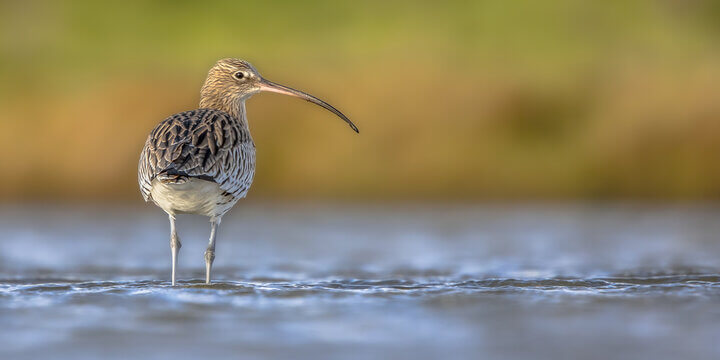
Elegance in Efficiency Curlews, with their elegant, downward-curving bills, are shorebirds that have perfected the art of simplicity. These long-beaked wonders are adept at probing soft mud or sand for crustaceans, worms, and small aquatic creatures. Their bills are not only an elegant feature but also a highly efficient tool, allowing them to forage effectively in a variety of coastal habitats. Curlews are vital players in maintaining the health of these ecosystems.
The Toucan:
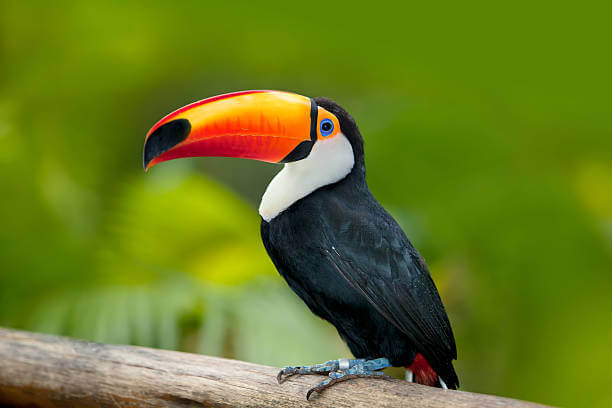
A Splash of Color in the Tropics Toucans, known for their flamboyant plumage and outsized beaks, are iconic tropical birds. These seemingly unwieldy bills are surprisingly lightweight due to their unique construction. Toucans use their bills for various purposes, from gathering and eating fruit to defending against predators. Beyond their vibrant appearance, they play a vital role in the survival of many plant species through seed dispersal, helping to maintain the biodiversity of Central and South American rainforests.
The Sword-Billed Hummingbird:
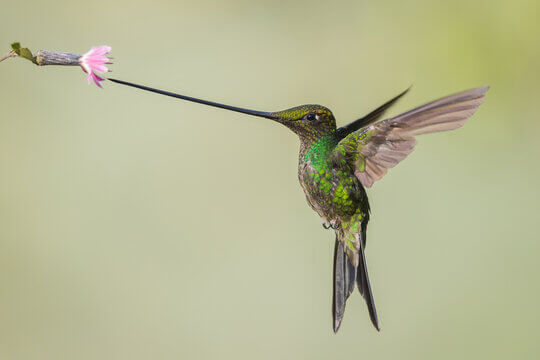
Beak Beyond Belief The sword-billed hummingbird takes long-beaked adaptations to a remarkable extreme. With a beak that can surpass the length of its body, it stands as a true wonder of nature. This unique beak allows the sword-billed hummingbird to reach nectar in long-tubed flowers that no other bird can access. However, the bird’s beak is not without its challenges, as it presents difficulties in terms of weight and balance. Yet, these birds have developed incredible flying and feeding techniques to overcome these hurdles, showcasing the incredible adaptability of nature.
The Puffin:

Bills for Fishing and Flying Puffins are charming seabirds that reside in the northern regions of the Atlantic and Pacific Oceans. Their distinctive beaks are a symbol of their unique lifestyle. Puffins use their beaks to capture fish, often holding several in their bills at once for transport back to their nests. These robust, triangular beaks are well-suited for their fishing expeditions, allowing them to dive underwater and catch their prey with remarkable precision.
The Kiwi:
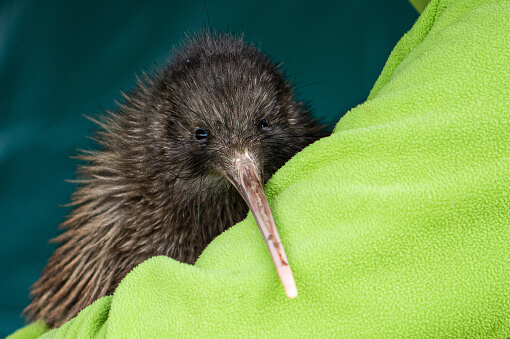
A Long Beak Underground The kiwi, a flightless, nocturnal bird native to New Zealand, boasts a long, slender beak that is adapted for a completely different purpose. Kiwis are ground-dwelling birds with beaks that are perfect for probing the forest floor in search of insects, worms, and other invertebrates. In their dimly lit world, their long beaks serve as sensitive, tactile tools for locating prey without relying on sight.
The Spoonbill:
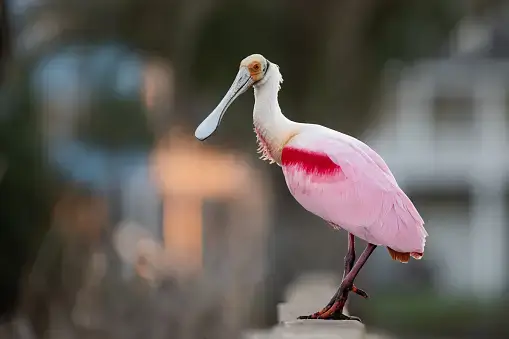
Nature’s Filter-Feeder Spoonbills are a group of wading birds characterized by their long, flattened bills that resemble spoons. These bills are ideally designed for their primary feeding method: filter-feeding in shallow water habitats. Spoonbills use their bills as sieves to sift through mud, water, and soft substrates to capture aquatic invertebrates, small fish, and crustaceans.
Habitat and Behavior: Spoonbills are commonly found in wetlands, marshes, and estuaries worldwide. They wade through shallow waters, often in groups, gracefully sweeping their specialized bills from side to side to filter out their prey. Their synchronized foraging techniques are not only efficient but also a sight to behold for birdwatchers and nature enthusiasts.
Conservation Status: Many spoonbill species face habitat loss due to wetland degradation, making their conservation a priority. Efforts to protect and restore vital wetland habitats are essential to ensure the survival of these elegant birds.
The Crossbill:
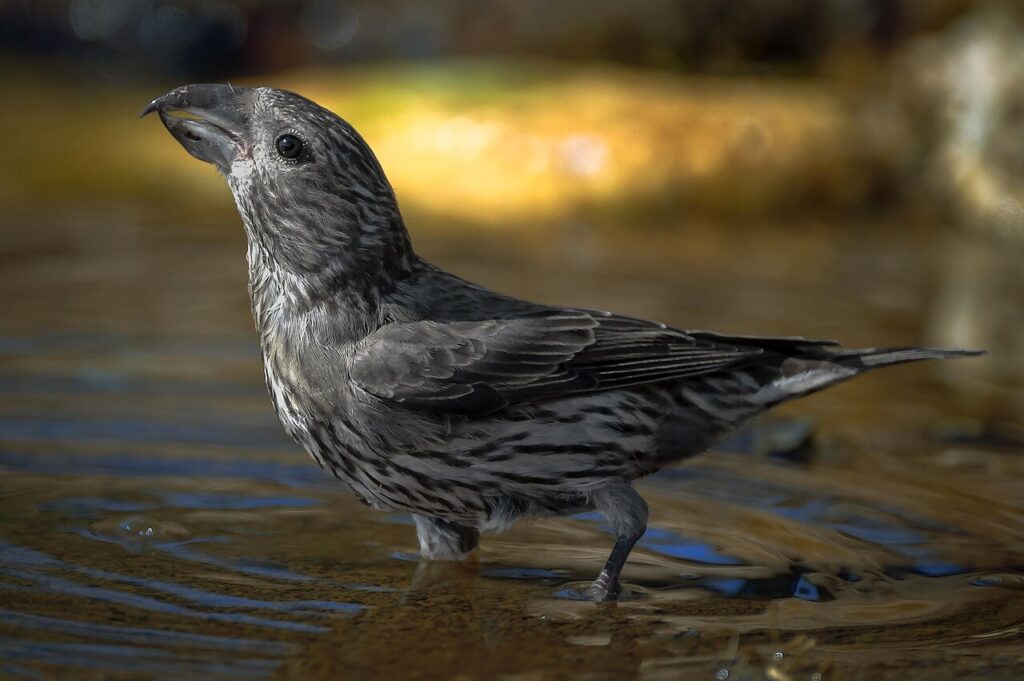
Specialized for Conifer Cones Crossbills are distinctive finches known for their peculiar crossed mandibles, which give them their name. These bills are uniquely adapted for a specific dietary niche: the seeds of conifer cones. Crossbills use their crossed beaks to pry open cone scales and access the seeds inside, making them specialists in coniferous forest ecosystems.
Habitat and Behavior: Crossbills are typically found in coniferous forests across North America, Europe, and Asia. Their beaks are not static; they can adjust the degree of crossing to match the particular cone species they are foraging on. This adaptability allows them to access a variety of conifer seeds.
Conservation Significance: Crossbills play an important role in the dispersal of conifer seeds, which contributes to forest regeneration. Understanding their feeding habits and habitat preferences is essential for effective forest management and conservation.
Also Read:-
- Unveiling the Secrets of the Harpy Eagle
- [Top 10 Birds in Africa]
- Biggest Eagles in the World
- 18 Types Of BlueBirds
- World’s Largest Birds Revealed!
Conclusion:
Small birds with long beaks offer a captivating insight into the diverse world of avian adaptations. From the acrobatic hummingbirds to the comical toucans, these birds have harnessed the potential of their extended beaks for survival.
Their beaks are not just tools for feeding but also integral to their existence and the ecosystems they inhabit. The next time you encounter a small bird with a long beak, take a moment to admire the incredible diversity and functionality of this remarkable adaptation. Nature’s marvels are all around us, waiting to be explored and celebrated.

